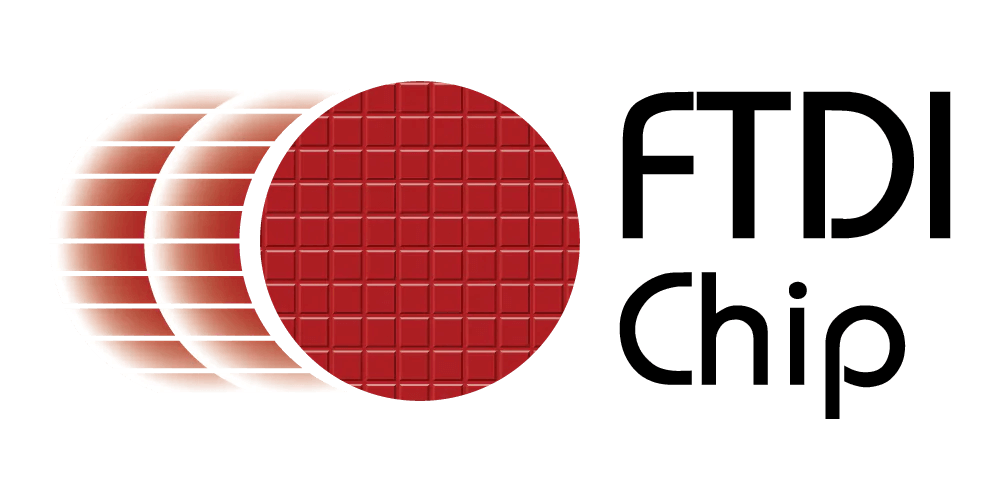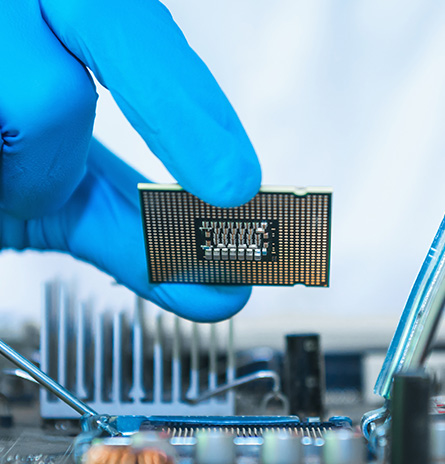CONSUMER
FTDI chips play a significant role in enabling communication and data transfer in various consumer electronic products, such as augmented reality/virtual reality (AR/VR) headsets, drones, gaming controllers, light control, monitors, smartphones, smartwatches, sweeping robots and 3D printers. Here’s how FTDI chips are utilized in each of these scenarios:
- AR/VR headsets
Peripheral Connectivity: FTDI chips can enable USB connectivity for peripherals such as motion controllers, haptic feedback devices and tracking sensors used in AR/VR systems.
Data Transfer: FTDI chips can facilitate data transfer between AR/VR headsets and external devices such as PCs or smartphones for firmware updates, sensor calibration or content synchronization.
- Drones
Flight Controller Communication: FTDI chips can be used to communicate with flight controllers in drones, enabling configuration, firmware updates, and telemetry data retrieval.
Ground Control Station Integration: FTDI chips helps to facilitate communication between drones and ground control stations for mission planning, real-time monitoring and remote piloting.
- Gaming Controllers
Interface Conversion: FTDI chips are used in gaming controllers to convert between USB and other interface standards (e.g., UART) for communication with gaming consoles or PCs.
Firmware Updates: FTDI chips facilitate firmware updates for gaming controllers allowing for new features, bug fixes or compatibility improvements.
- Monitors
Display Connectivity: FTDI chips can be utilized for connecting monitors to computers or other display sources via USB or serial interfaces.
Touchscreen Integration: FTDI chips enable USB connectivity for touchscreen monitors allowing for touch input functionality and calibration.
- Smartphones
Peripheral Connectivity: FTDI chips can enable USB connectivity for peripherals such as external storage devices, audio interfaces or wired accessories (e.g., keyboards, game controllers) for smartphones.
Debugging and Development: FTDI chips are commonly used for debugging and programming mobile devices during development and testing phases.
- Smartwatches
FTDI chips facilitate communication between smartwatches and companion devices like smartphones or computers.
They enable USB connectivity for transferring of data, updating firmware, and synchronizing with external devices.
- 3D Printers
Printer Control: FTDI chips aids in providing a communication interface for controlling 3D printers, allowing commands to be sent from a computer or other control device.
Printer Monitoring: FTDI chips can facilitate the transmission of printer status updates, temperature readings and error messages to a monitoring system or user interface.
In each of these application areas, FTDI chips provide a reliable and standardized interface for communication, data transfer and control, contributing to the functionality and interoperability of various electronic devices and systems.







